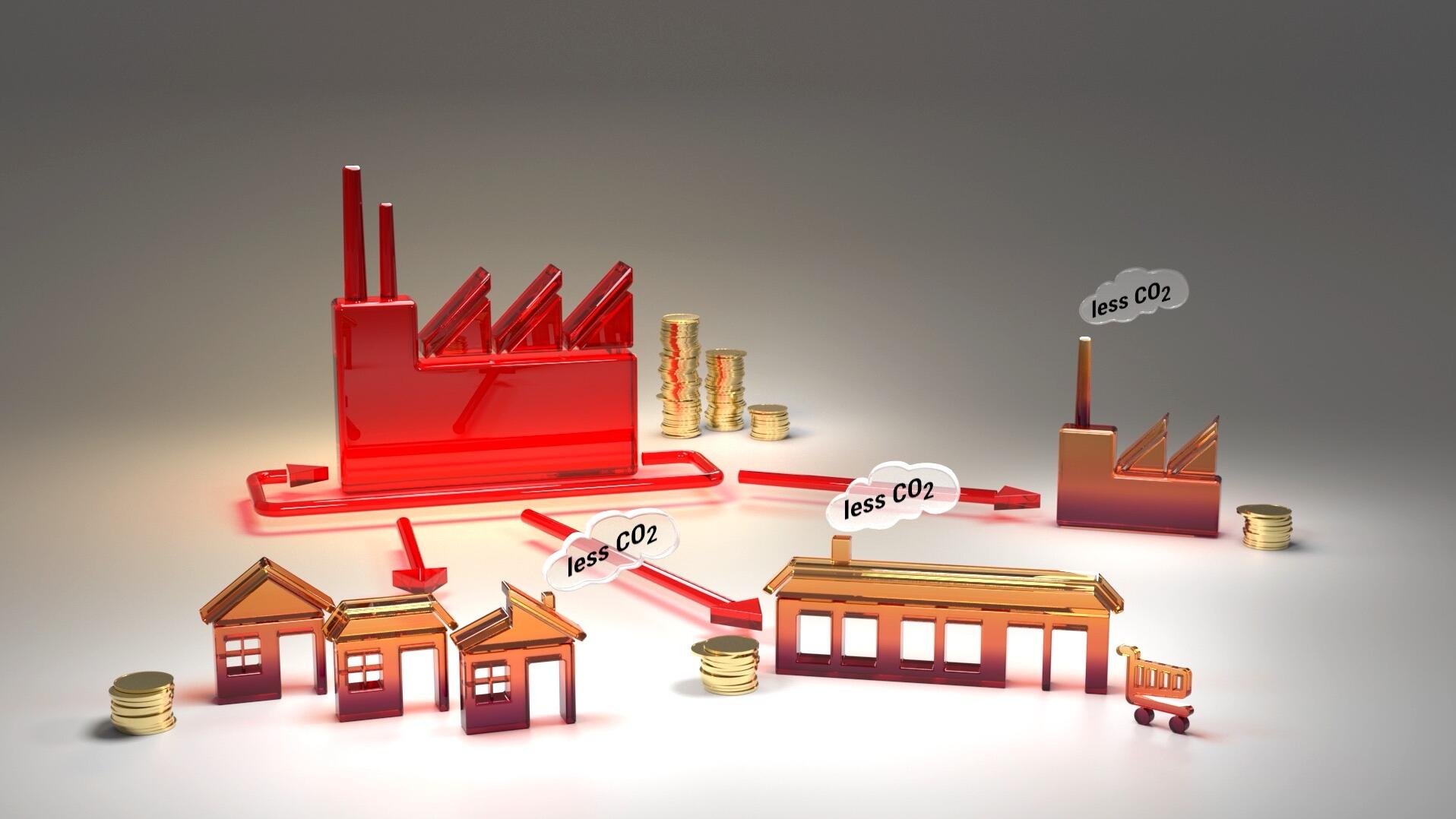 Articles
ArticlesFacade greening - "Good for the environment and the feel-good factor".
Planted facades and roofs are not only visually eye-catching, they also improve the urban climate. Intense sunlight, high temperatures and a high degree of density in cities promote the so-called heat island effect. Green roofs largely manage without irrigation, but irrigation is necessary. Waterproofing and root protection are the number one issue on the roof. For intensive green facades, irrigation is needed - again, hopefully via rainwater cisterns, so that as little or no drinking water as possible is used. Extensive greening without tree plantings is now easily possible on many residential and office But the structural strengthening can often be more expensive than the greening itself. The most important thing is to keep the building fabric in any form of BUILDINGS. If everything is done correctly, it does not harm the fabric.
Read Full articleHYDROGEN MEGATREND: GREEN HYDROGEN THE FUEL OF THE FUTURE?
hydrogen is an all-rounder and can be used in many different ways. It is not only an energy carrier, but also used as a raw material for industrial purposes. In the future, hydrogen could be produced in large quantities through the use of renewable.
Read Full articleIndustry and Europe’s “Fit for 55” package
The EU's climate, energy, land use, transport and taxation policies fit for reducing net GHG emissions by at least 55% by 2030, compared to 1990 levels. It will be quite a challenge to get all those proposals through the EU approvals process.
Read Full articleSummertime is installation time
Engineers use summer break to launch new heat recovery system. ETEKINA heat pipe heat exchangers (HPHE) designed for one of the furnaces unit is fully functional and full scale prototype intended for energy-intensive industries.
Read Full articleInternational recognized sustainable Energy Management System (EnMS): ISO 50001
In the Energy-Climate era of today, the challenge of energy consumption is the greatest problem faced by humanity in its history. The majority of environmental problems arise from the types of energy we use, and the increasing burning of fossil fuels accelerates climate change.
Read Full articleLessons for the energy transition from the golden age of steam!
Decisions made today to build assets impact the energy system decades in the future. The last steam train left Swindons incredible factory with over 200 built during the preceding decade. Between the first commercial diesel train and the last steam train being retired are 43 years.
Read Full article5 energy sources you have never thought of
Less than 30% of the energy consumed on the planet is converted efficiently. The rest is discharged into the atmosphere in the form of waste heat. Excess heat produced by chillers in a supermarket can end up providing space heating and hot water for flats.
Read Full articleEU Fit for 55 package: a good fit for companies performing energy management systems and energy audits?
The European Commission circulated a new set of proposals called ‘Fit for 55’ It aims to deliver the 2030 climate change targets and coping with the highly popular EU Green Deal. The proposed package actively contributes to raise the level of ambition of the EU.
Read Full articleOn the road to making ceramic production greener
Ceramic production has had a bad reputation when it comes to environmental issues. But that is starting to change. Gabriele Frignani is responsible for applied research at SACMI FORNI SpA*,. He is co-ord.
Read Full articleIs the future of flight smaller, local and more decentralised?
Before Covid19 the aviation sector was pegged for year on year growth. The energy transition and digitalisation change the way we need to think about aviation. Hydrogen and Batteries come with energy density challenges. Airports are frustrating places causing.
Read Full article








